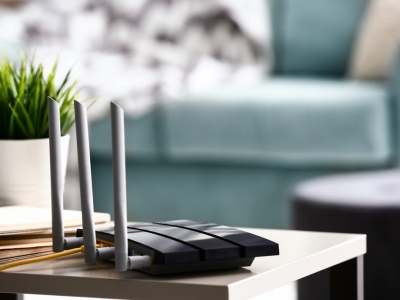The majority of phones throughout the world have them: The small cards that you can pop in and out of cell phones in order to activate service on a different device. The cards, known as SIM cards, come in varying sizes. Entire cell phone plans, known as SIM only plans, have evolved that center around the cards. These cheap SIM only deals also let consumers go green. But where did these tiny, ubiquitous cards originate from, and what exactly do they do? Let’s take a look at the history of SIM cards, and how they’ve evolved over the years.
The roots of modern SIM cards can be traced back to more than two decades ago. Its development came as a result of the efforts of the European Conference of Postal and Telecommunication Administration (CEPT) to develop a mobile phone standard. This standard, which became known as GSM, was meant to ensure compatibility of mobile telephone systems throughout Europe. These networks were first proposed in the early 1980s, although the first GSM network didn’t launch until 1991. Still, the SIM card’s role in these GSM networks was critical from the start.
 (Courtesy of abundantc)
(Courtesy of abundantc)
The role of the SIM card in GSM networks was and still is to authenticate users of GSM mobile networks. The cards have a serial number in addition to network information. This is why users can take a SIM card out of an existing phone and install it in a new device without having to register the specific device on their account. All of the authentication information is stored on the SIM card. Outside of this basic function, the role of SIM cards has evolved drastically over the years.
Thanks to SIM cards, traveling has been made easier for mobile phone users. While other standards, such as CDMA, are limited in the networks they can use, SIM cards allow GSM devices to function on multiple networks. Modern SIM cards can store mobile networks codes for up to 80 networks. This allows phone users who travel internationally to use the best available network without having to switch devices or their plan.
SIM cards have also become quite versatile over the years. As GSM technology has evolved, SIM cards have evolved right alongside them. Today’s SIM cards can store up to 250 contacts. This makes it easier for users to switch devices not only because there’s no need to register their new device, but also because they don’t have to manually move their contacts over.
Despite all of these technological benefits, the biggest benefits that SIM cards provide their users might be a financial one. As mentioned earlier, SIM only deals have the potential to save customers a lot of money. With these deals, users aren’t locked into a long-term contract. Instead, subscribers can use their phone as a pay-as-you-go plan. These cheap SIM only deals have become wildly popular among their users.
In environmental terms, SIM cards and SIM only plans have also become a great way to “go green.” Since SIM only plans aren’t tied to a specific contract or device, users of the plans don’t have to purchase a new phone when they get a new device. They can purchase a used one that might otherwise end up contributing to electronics waste by sitting in a landfill. And, once SIM only users decide to switch to a new device, they can keep only their SIM card. This gives them the opportunity to give the old phone to a friend or donate it, further cutting back on electronics waste.
GSM is the most popular wireless standard in the world. Many GSM’s benefits are directly correlated with the SIM card. Next time you pick up a cell phone to make a call or send a text message; take a second to consider how that little chip inside your phone managed to change everything.
This is a guest article by Ruben Corbo, a freelance writer for technology, travel, and music production topics. When he’s not writing or making music, he’s enjoying a good post-apocalyptic novel or playing RTS Strategy online game. Ruben’s writing resume includes websites like SIM only where you can get the best cheap SIM only deals as well as other websites that help you save on your tech purchases.










Comments